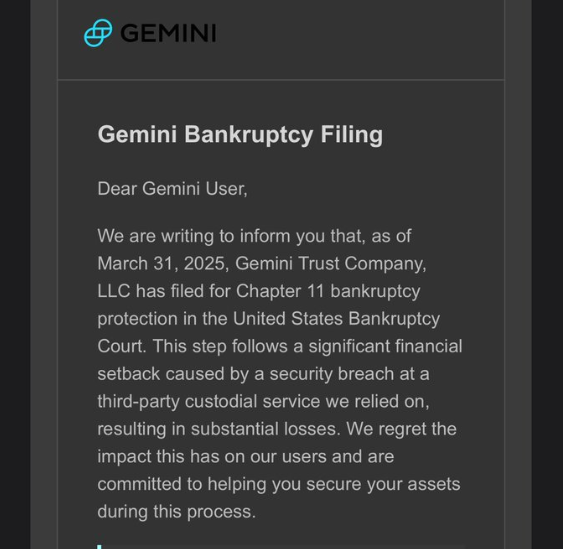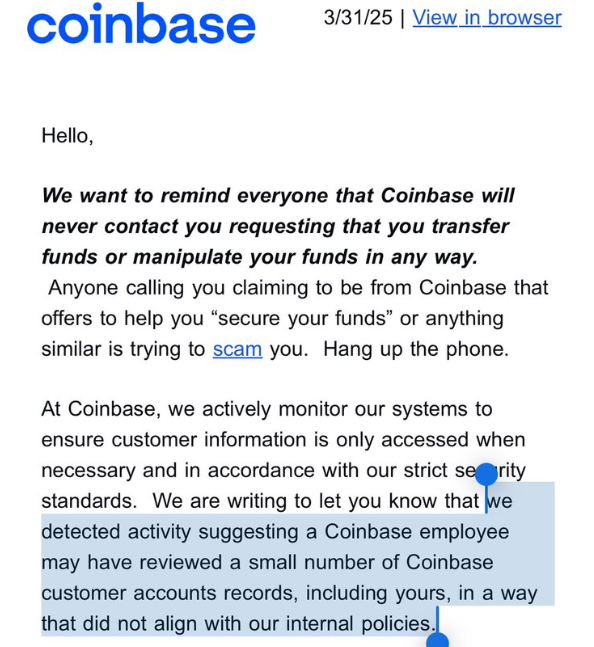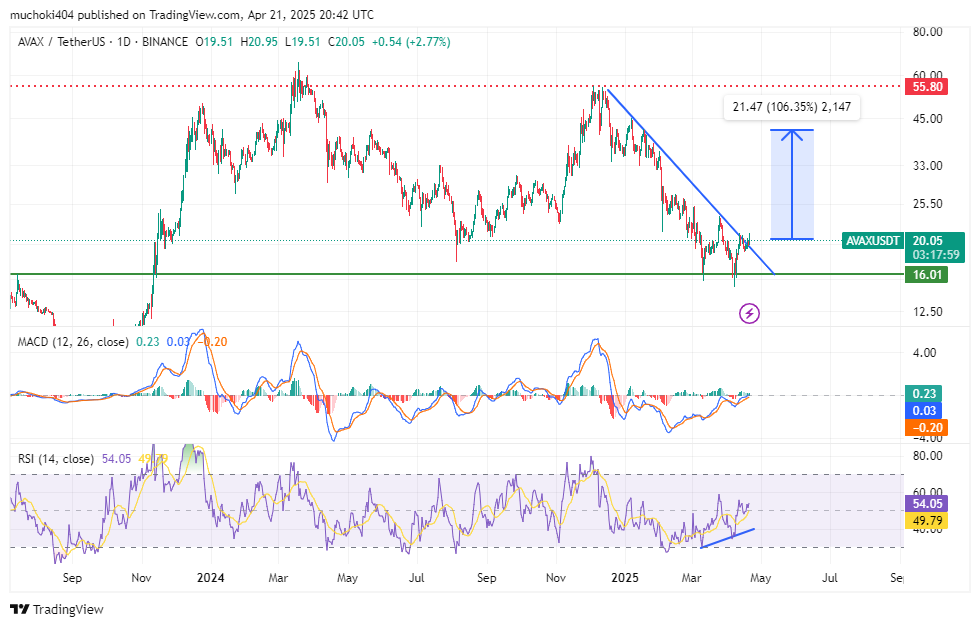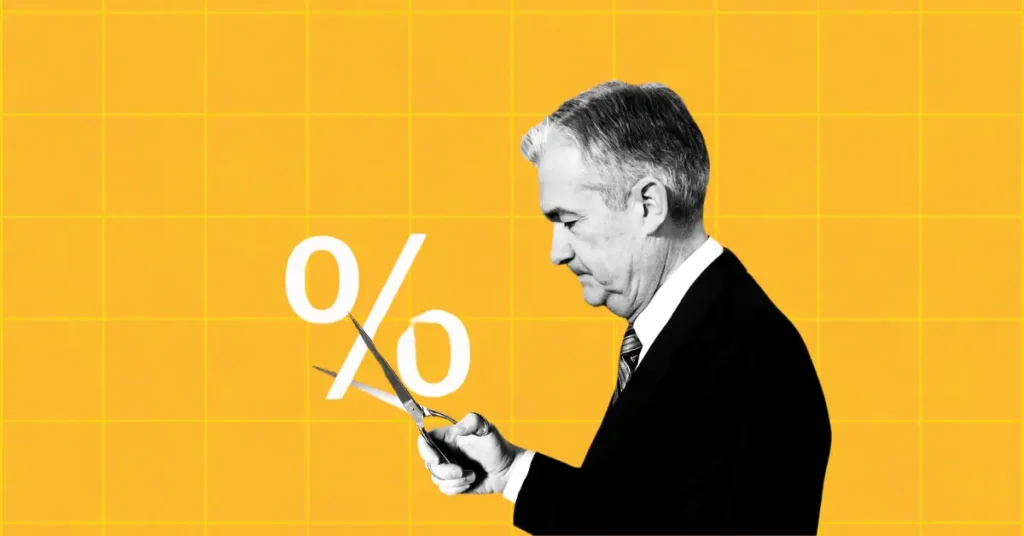
The post Federal Housing Director Signals Possible Powell Resignation Coming Soon appeared first on Coinpedia Fintech News
The U.S. financial world is buzzing after Bill Pulte, director of the Federal Housing Finance Agency (FHFA), hinted on X that Federal Reserve Chair Jerome Powell could be preparing to resign. Pulte described an upcoming “resignation speech,” though he later clarified that Monday’s scheduled address may be unrelated.
His comment, though short and somewhat ambiguous, has set off a wave of speculation. With Powell slated to speak soon, many are wondering: is something bigger going on behind the scenes?
Pulte’s Ongoing Criticism of Powell
This isn’t the first time Pulte has aimed at Powell. Over the past several months, he has criticized the Fed Chair’s approach to monetary policy, including:
- Persistently high interest rates
- A $2.5 billion renovation project for the Federal Reserve’s headquarters
- The overall tightening stance that Pulte says is damaging the housing market
Pulte even drafted a letter urging former President Trump to consider removing Powell and has shown support for an investigation into the Fed’s actions under his leadership.
Growing Tensions Between the Fed and Trump Allies
The remarks also reflect broader political tensions. Trump-aligned officials, including new Treasury Secretary Scott Bessent, have questioned the Fed’s independence and priorities, particularly the decision to delay rate cuts amid signs of slowing inflation.
Although Powell has consistently said he plans to finish his term, which ends in May 2026, the pressure is mounting.
What to Expect From the Upcoming Jerome Powell Speech
For now, there’s no confirmation of a resignation. But with Powell scheduled to speak Monday, the timing of Pulte’s post has sparked fresh interest. Market watchers will be listening closely, not just for policy clues, but for any unexpected announcements.
Whether or not this turns into something bigger, one thing is clear: Jerome Powell’s leadership at the Fed is once again under the microscope.
FAQs
There is no official confirmation that Jerome Powell is resigning. However, FHFA Director Bill Pulte hinted at a possible “resignation speech,” which sparked speculation. Powell has publicly stated he intends to serve through the end of his term in May 2026.
Bill Pulte, director of the FHFA, posted on X about a possible “resignation speech” from Jerome Powell. Although he later clarified the speech may be unrelated, his comment raised questions about Powell’s future at the Fed.
There’s been no official discussion of a successor. If Powell were to step down, the decision would fall to the President and would likely require Senate confirmation.
Powell is scheduled to speak on Tuesday, July 22, 2025, at 8:30 a.m. ET at the Integrated Review of the Capital Framework conference in Washington, D.C.

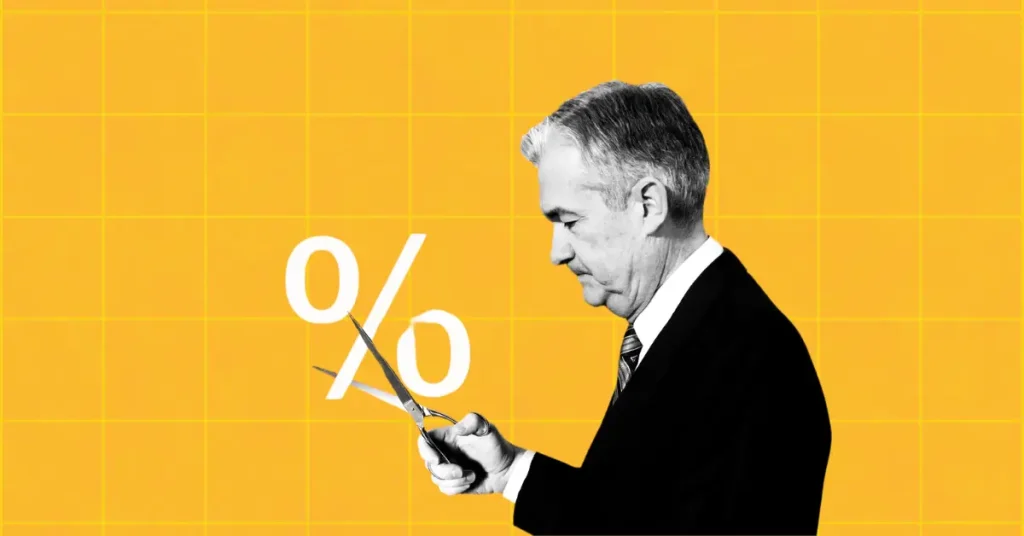
 BREAKING: Fed Chair Jerome Powell’s resignation may be imminent…
BREAKING: Fed Chair Jerome Powell’s resignation may be imminent…
 Markets: A surprise exit could spike volatility as uncertainty hits Wall Street
Markets: A surprise exit could spike volatility as uncertainty hits Wall Street Interest Rates:…
Interest Rates:… 


